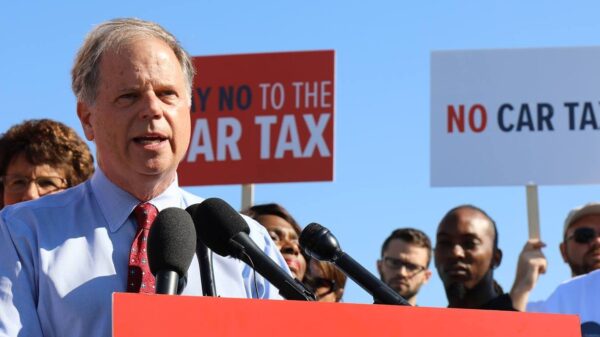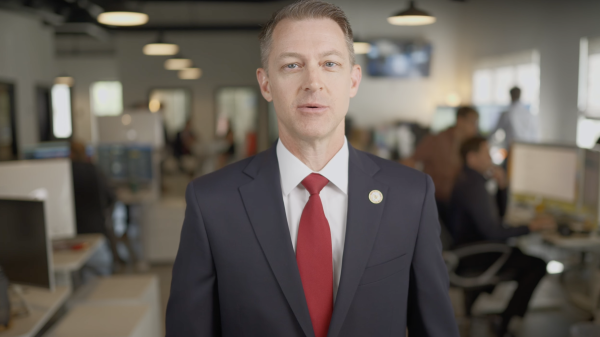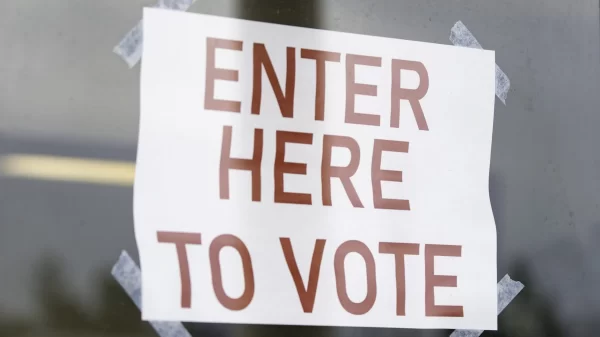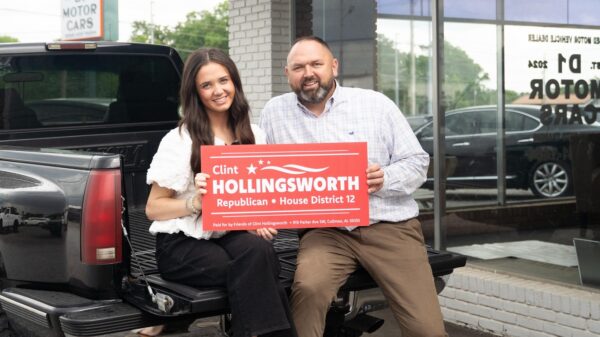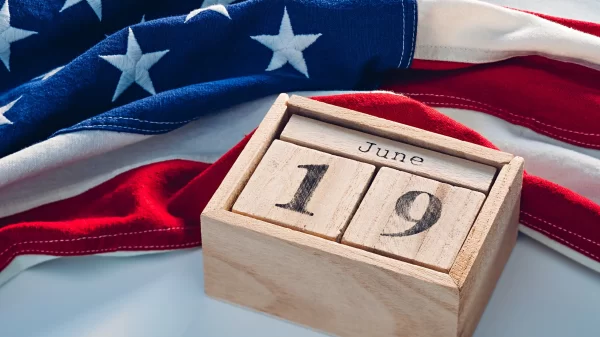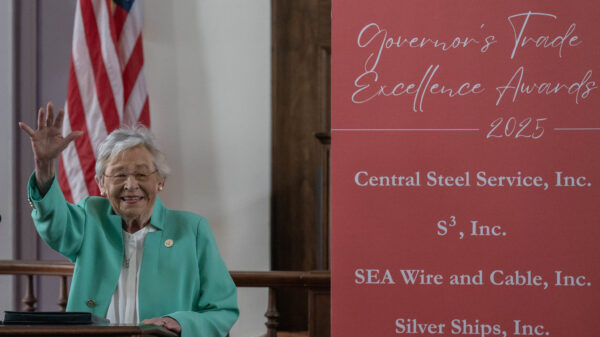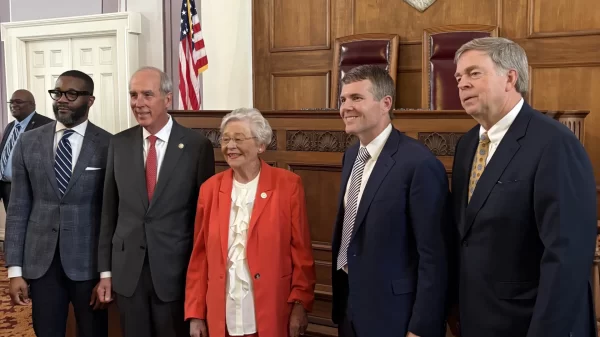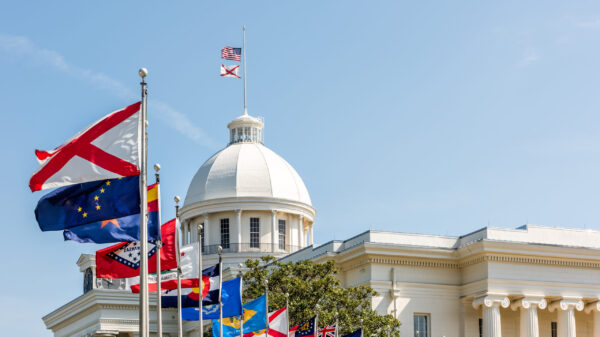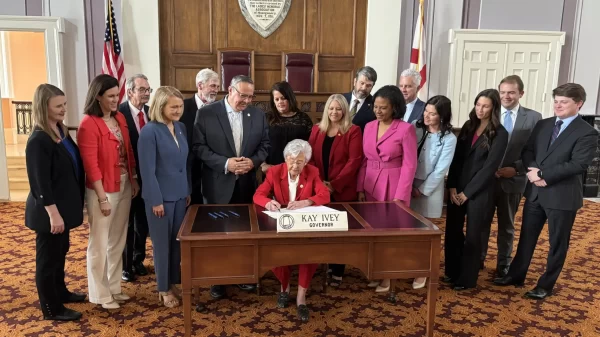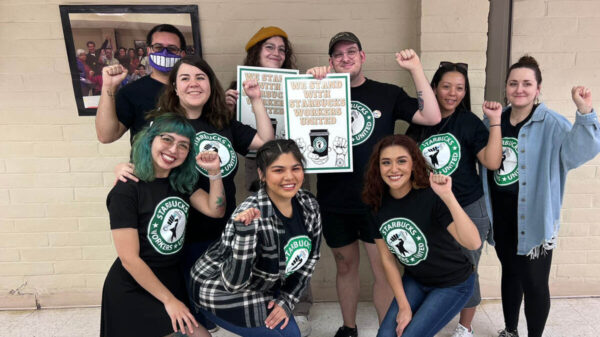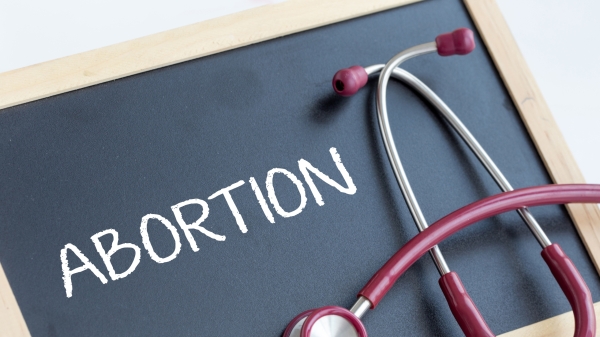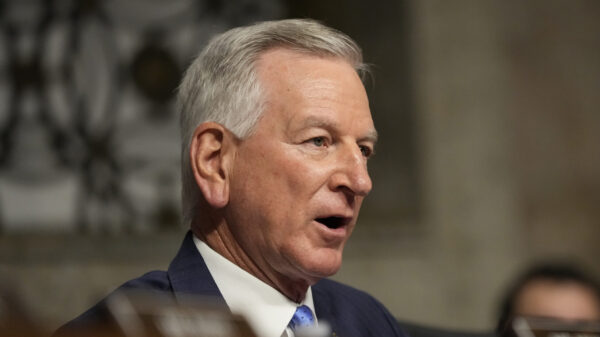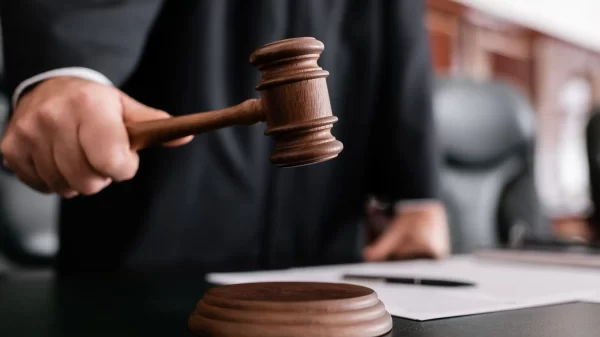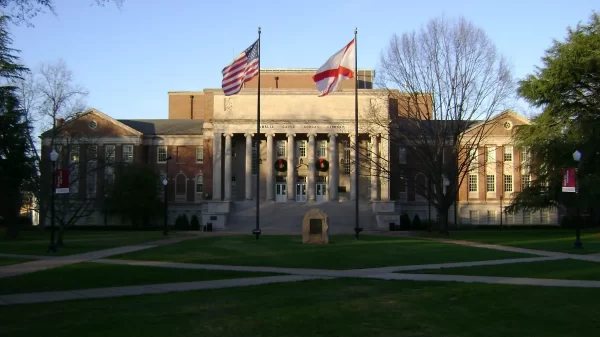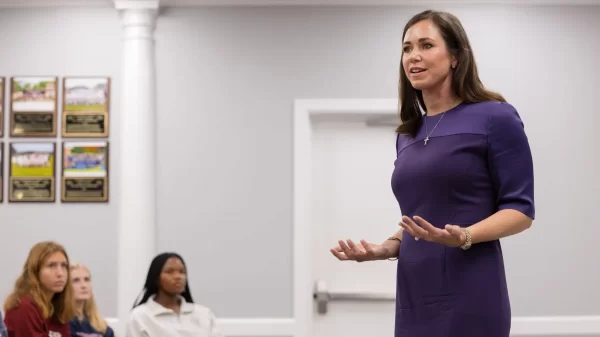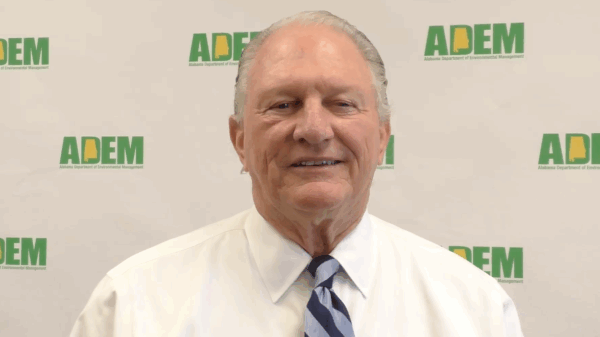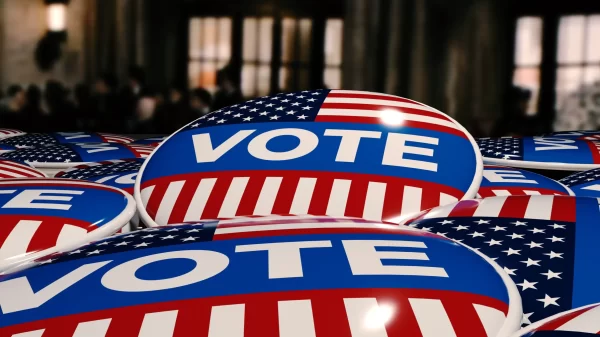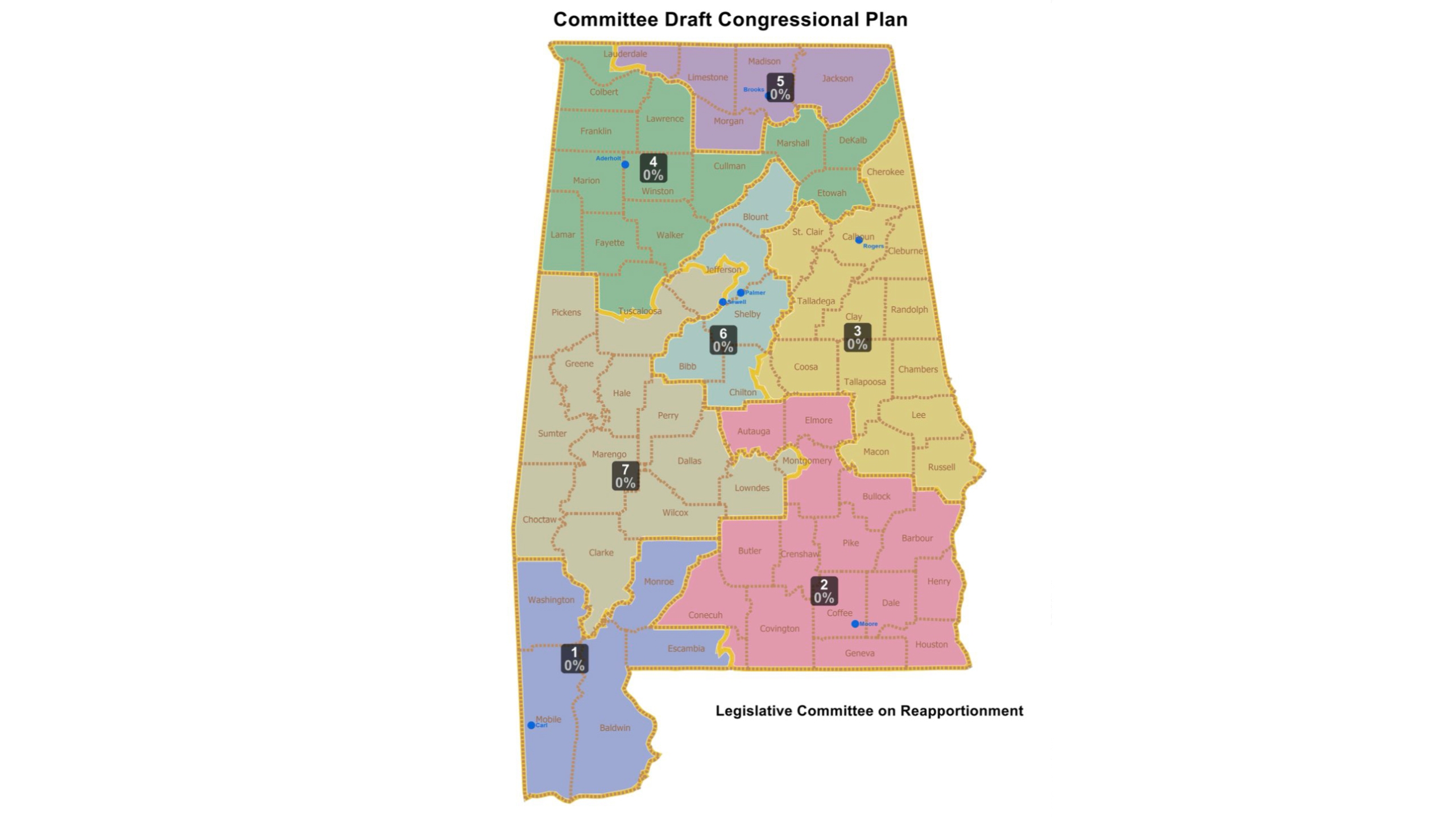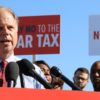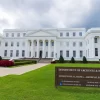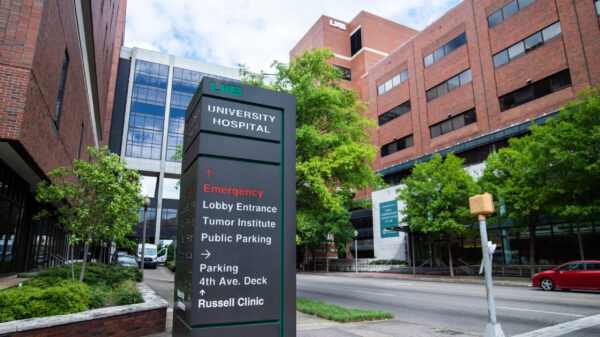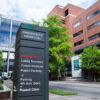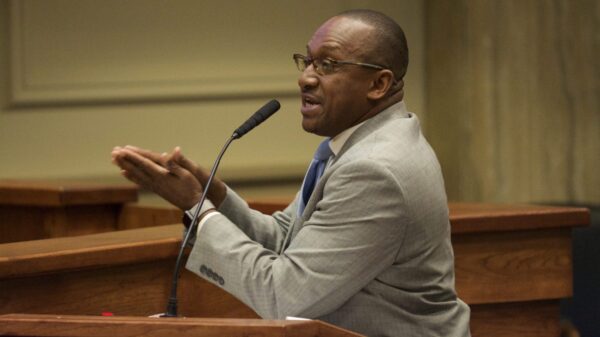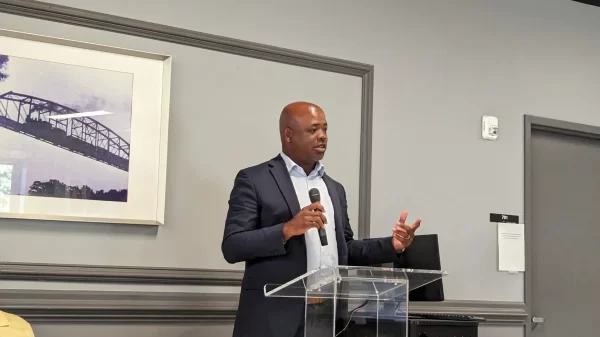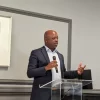The Alabama Senate Finance and Taxation Committee on Friday gave favorable reports to two redistricting bills and a bill to appropriate $80 million in federal COVID-19 aid to state hospitals and nursing homes, moving all three along to the full Senate for consideration.
Senate Bill 10, which would redraw the state’s congressional districts was removed from the meeting’s agenda by committee Chairman State Sen. Greg Albritton, R-Atmore.
“That will be removed from the agenda due to my misunderstanding and we will not deal with that one today,” Albritton said at the start of the meeting.
Committee members after little discussion in an 11-1 vote gave a favorable report to Senate Bill 2, which would establish a new state Board of Education districts map.
Members then took up Senate Bill 1, which addresses a new state Senate districts map.
“Could you explain to me why in Jefferson County, with the population of Jefferson, that will continue to get as many splits on the Senate side?,” Senate Minority Leader Sen. Bobby Singleton, D- Greensboro, asked the bill’s sponsor, Sen. Jim McClendon, R-Springville, who’s also co-chair of the Joint Legislative Reapportionment Committee.
“There are a number of reasons for this,” McClendon said. “And of course, the number one reason is obtaining the necessary votes to get this bill passed. Without the votes we go nowhere.”
“So this wasn’t about whether or not we legally need to do this or not, but it was more about getting the votes?,” Singleton asked.
“That is up there,” McClendon said, adding that another reason is to prevent rural areas adjacent to highly-populated urban areas.
Singleton said there was ample population growth in Shelby County not to need to dip new district lines into Jefferson County.
“There was no real reason to go into Jefferson County with those other two splits,” Singleton said.
Members then voted 12-1 to give SB 1 a favorable report.
Albritton introduced Senate Bill 3, which would appropriate $80 million in federal American Rescue Plan Act funds to state hospitals and nursing homes. The legislation would task the state Department of Finance with disbursing the funds under memorandums of understanding with the Alabama Hospital Association and the Alabama nursing homes Association.
Singleton asked that the state’s rural hospitals not be left out during the disbursement of the funds.
“We need to start doing something transformative with this money, that we can be able to see after this money is gone,” Singleton said.
“I want to issue my support to for helping the hospitals and nursing homes in the rural areas, and the ones that are really struggling to keep the doors open,” said Sen. Billy Beasley, D-Clayton.
Members then voted unanimously to give the bill a favorable report.
After the bills on the day’s agenda were handled, members received a report on the state’s general fund from Kirk Fulford, Deputy Director of the Alabama Legislative Services Agency.
Fulford said the state’s general fund in 2021 had a growth of $262 million, or 11.4 percent, over the last fiscal year, but he warned that growth is “absolutely not a normal situation.
COVID shutdowns in 2020 slowed the state’s revenues in the latter part of 2020, and when things open back up the state saw a 26 percent growth in the lodging tax, Fulford said, putting that growth to the pent up demand for travel.
The state’s general fund ending balance was $344 million, but Fulford said the legislature has already spent $154 million of that on new prison construction in the last special session.
“In addition to that, $48 million of the ending balances will be going into the budget reserve fund that you established in 2020,” Fulford said.
Fulford also discusses the state’s $47.5 billion Coronavirus Relief Fund, of which lawmakers spent $400 million on new prison construction during the last special session and plan to spend $80 million on state hospitals and nursing homes.
Of the state’s $4.4 billion allocation of American Rescue Plan Act funds,$1.7 billion goes to local municipalities and is not under the control of the state Legislature, Fulford noted. The state is to receive that money in two separate payments from the federal government, and of the first payment the state has received there is a little more than $580 million left to spend, he said.
“All of those funds, and the funds that are coming in June, have to be obligated by December 31, 2024, have to be spent by December 31, 2026,” Fulford said.
“We are going to have to be careful in the allocation of those funds, bearing in mind that there is a strict reporting requirement that goes along with that,” Fulford said.
Fulford said among the allowable uses of the federal funds are “to support public health responses, I can include vaccination, medical expenses, testing behavioral health services” and water and sewer projects, in addition to broadband projects.
Fulford said the money can also be used to replace public sector money lost due to the COVID-19 pandemic.
“We did that with the $400 million for prisons. There was a formula established in the interim rule. There were guidelines as far as how you could calculate it. We didn’t make that up,” Fulford said. “We had to follow the rules they had in place. We followed the rules. it gave us a number. $536 million dollars, and you only appropriated $400 million of it.”
Many other states are using that money for water and sewer projects, Fulford said and in Alabama, many local governments can’t afford to pay the matching local money needed to begin awaiting projects.
“Water and sewer infrastructure. Really key,” Fulford said.

